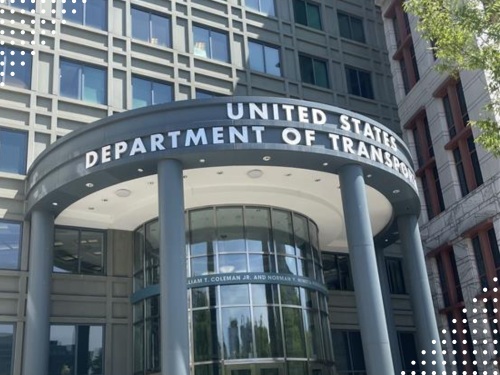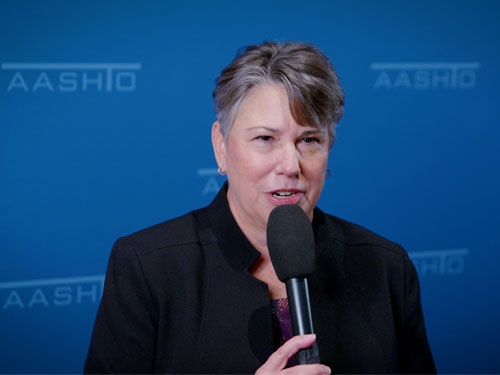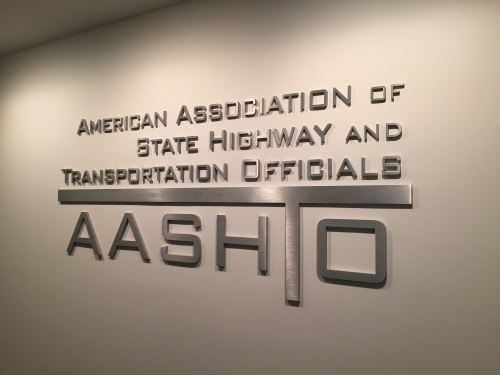The American Association of State Highway and Transportation Officials recently commented on the Federal Highway Administration’s notice of proposed rulemaking or NPRM on regulations governing risk-based Asset Management Plans or AMPs, issued in November 2024.
[Above photo by AASHTO]
The FHWA noted in its NPRM that “asset management” refers to a “strategic and systematic process” of operating, maintaining, and improving physical assets to “achieve and sustain a desired state of good repair” over the lifecycle of the assets at minimum practicable cost.
While AASHTO said it generally supports FHWA’s efforts to update and improve federal asset management program regulations, the organization has several overarching concerns about the proposed rule.
Those include challenges with the implementation timeline’s misalignment with state fiscal years; the need to refine definitions for practical application at the programmatic level; potential discouragement of including additional asset classes due to increased requirements; and technical feasibility issues around incorporating extreme weather considerations into lifecycle planning and deterioration models.
“We believe these issues warrant careful consideration to ensure the final rule effectively advances asset management practices while maintaining necessary state flexibility and acknowledging current technical limitations,” AASHTO said in its comment letter.
The comments note that the potential costs of these proposed rule changes also concerns AASHTO and its members, for FHWA estimates that its NPRM entails an annual cost impact ranging from $3 million to $7 million per state.
Additionally, the organization believes that an annual cost of $3.6 million or higher falls into the unfunded mandate category by reaching the threshold of $183 million in expenditure by state, local, and tribal governments, in the aggregate, or by the private sector in any one year per the Unfunded Mandates Reform Act of 1995.
“State departments of transportation do not have the resources to implement the changes required by this NPRM,” AASHTO said.
AASHTO also specifically noted that state-level Transportation Asset Management Plans or TAMPs are “strategic programmatic documents” that do not include specific projects – adding that FHWA’s proposed resilience definition for its AMP rulemaking is
provided at the project level rather than the programmatic level.
“Some states believe that listing out threats and hazards in the definition is restrictive, and it is best to leave the definition more open-ended,” AASHTO noted. “Some states believe that the definition for resilience over-emphasizes weather.”
The organization also does not support the FHWA’s proposed definition of resilience, which assumes that extreme weather can be predicted and incorporated into life cycle planning or LCP analysis.
“We do not believe this to be the case,” AASHTO said. “States are concerned that it will be impossible to demonstrate inclusion of extreme weather in LCP analysis.”
Thus, AASHTO recommends that the FHWA use a more flexible definition of LCP analysis, such as: “Life-cycle planning means a process to analyze strategies for managing an asset class, or asset sub-group, over their whole life with consideration of risks when feasible, minimizing cost all while preserving or improving their condition, and extending the life of the assets. It includes analyzing lifecycle cost, condition, and other life-cycle benefits of alternative strategies that vary by work type and timing.”
 Top Stories
Top Stories
USDOT Makes $1.5B Worth of BUILD Grants Available
December 19, 2025 Top Stories
Top Stories

